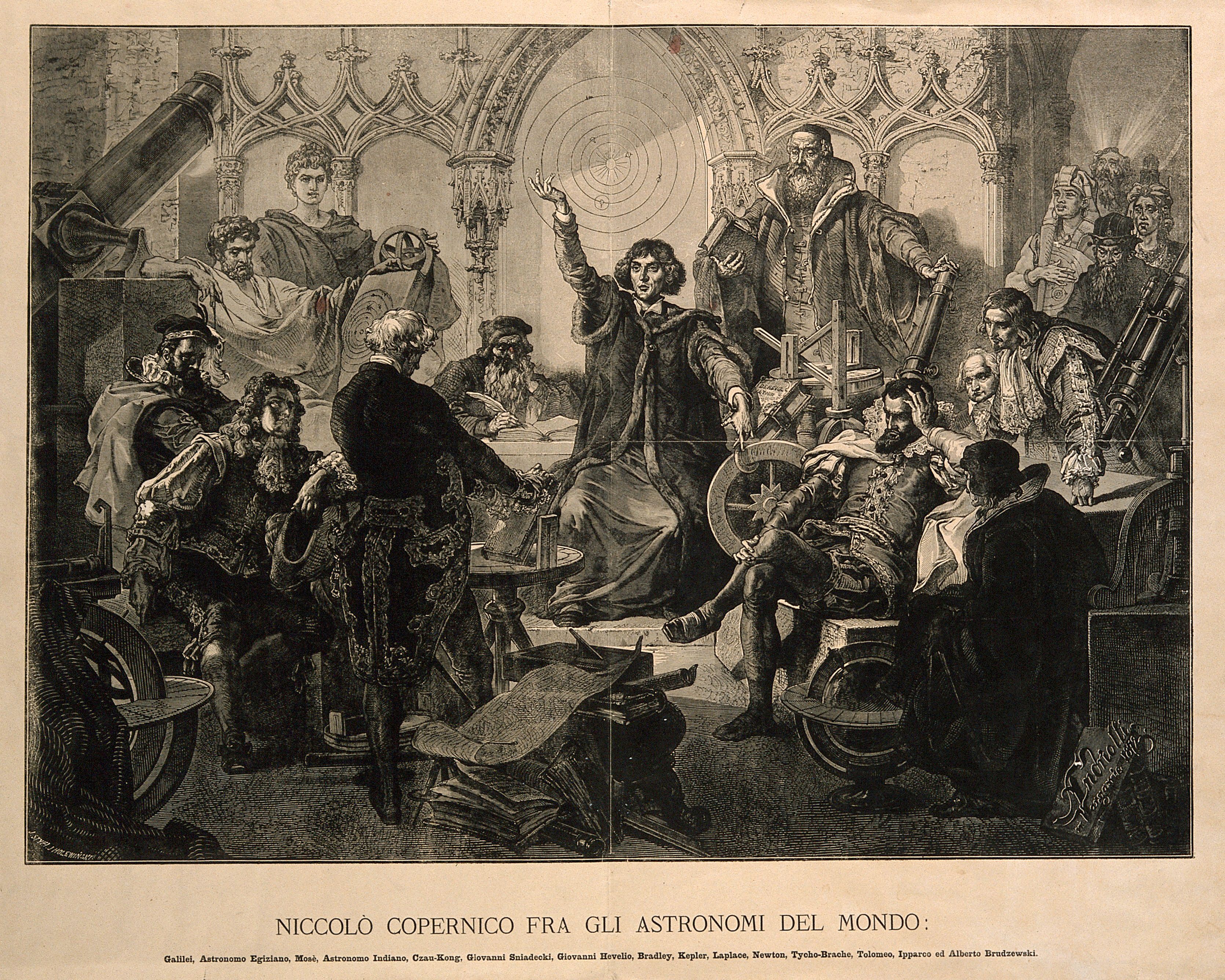
Category of Astronomical Heritage: tangible immovable
Osservatorio Astronomico di Roma Sede di Monte Mario, Rome, Italy

Description
Geographical position
Osservatorio Astronomico di Roma, Sede di Monte Mario,
Via del Parco Mellini 84, 00136 Roma, ItalySee also:
- Monte Porzio Catone
- Rome (Campidoglio)
- Jesuit Observatory of the Collegio Romano
Location
Latitude 41°55'21'' N, Longitude 12°27'08.4'' E, Elevation 128m above mean sea level.
This location (12°27'08.4'' E) was used as the prime meridian (rather than that of Greenwich) for maps of Italy until the 1960s.
IAU observatory code
034
Description of (scientific/cultural/natural) heritage
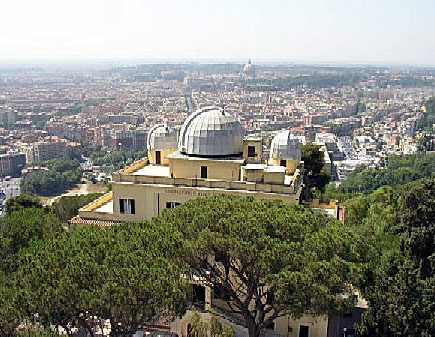
Fig. 1a. The astronomical observatory of Rome on Monte Mario (OAP)
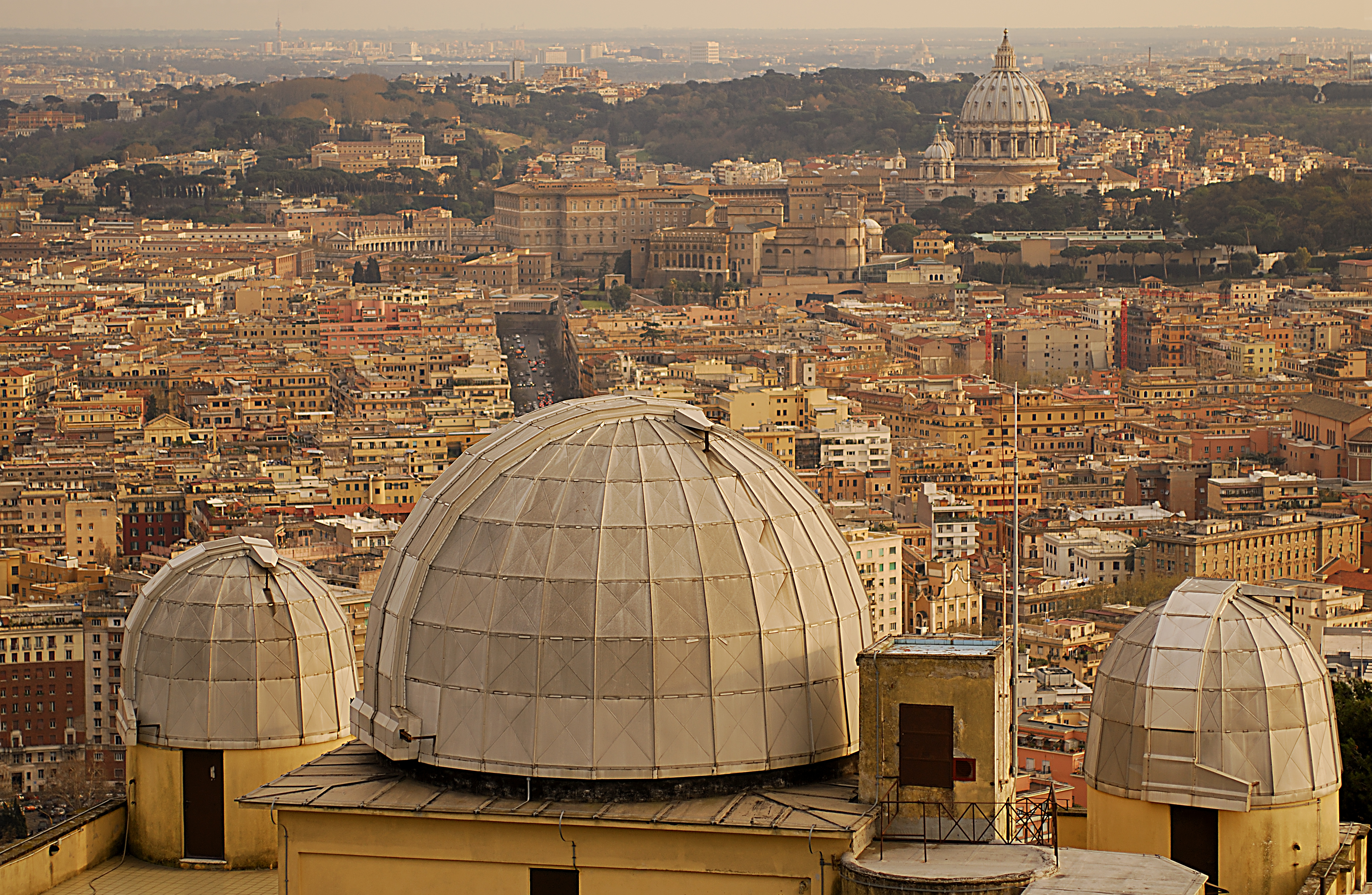
Fig. 1b. The astronomical observatory of Rome on Monte Mario (INAF)
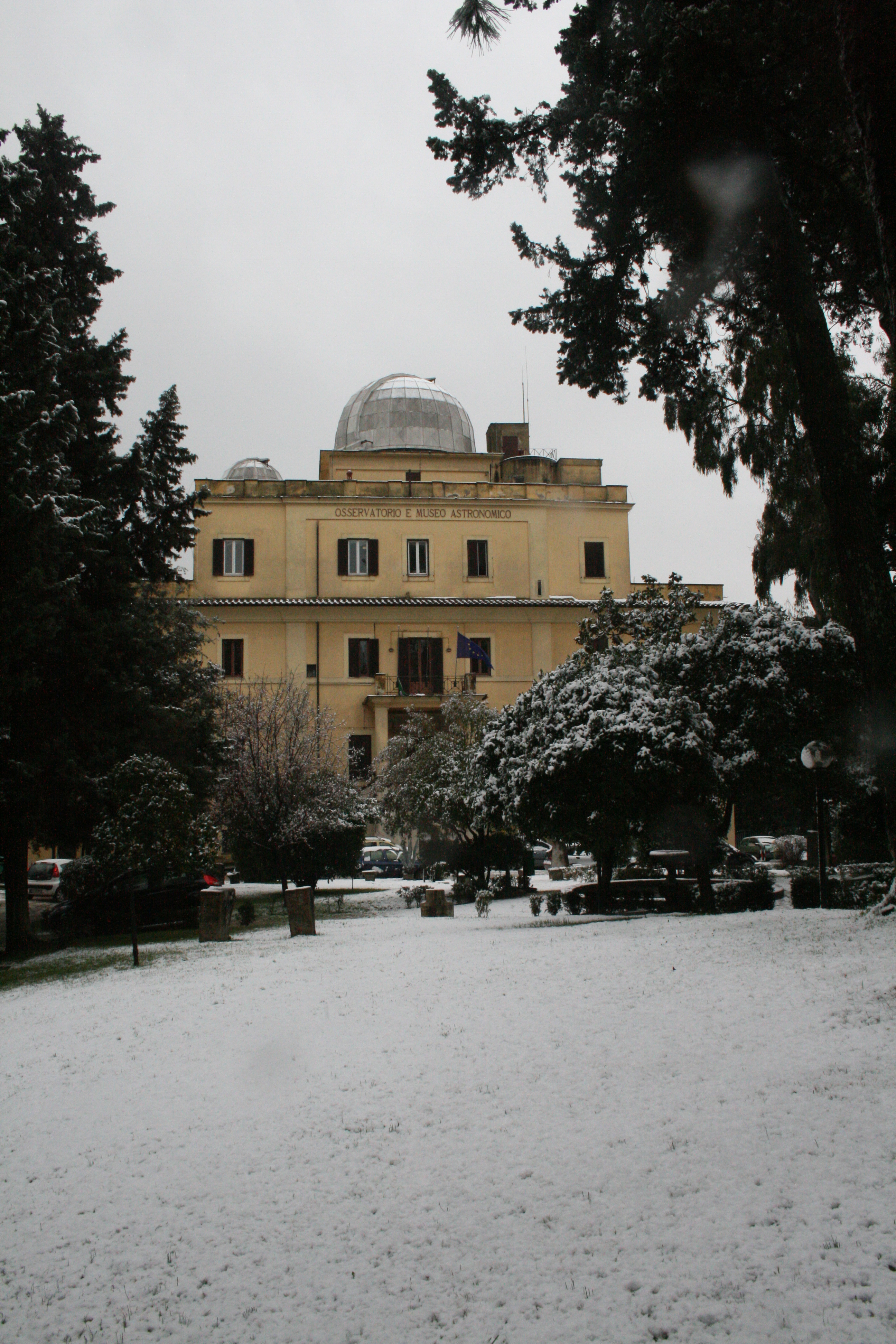
Fig. 1c. The astronomical observatory of Rome on Monte Mario (INAF)

Fig. 1d. The astronomical observatory of Rome on Monte Mario (INAF)
The Observatory Monte Mario with three domes is in the 19th-century Villa Mellini on the hill of Monte Mario, which was built originally during the 15th century for Cardinal Mario Mellini.
Monte Mario, near the right bank of the river Tiber (northwest part of the city of Rome), is since 2002 the seat of the Istituto Nazionale di Astrofisica (INAF).
The "Museo Astronomico e Copernicano" was installed here in 1873 by Arthur (Andrzej) Wolłyński (1844--1893) - on the occasion of the fourth centenary of the birth of Copernicus. In 2023, the Copernican museum was re-established on the occasion of the 550th anniversary of the birth of Copernicus.
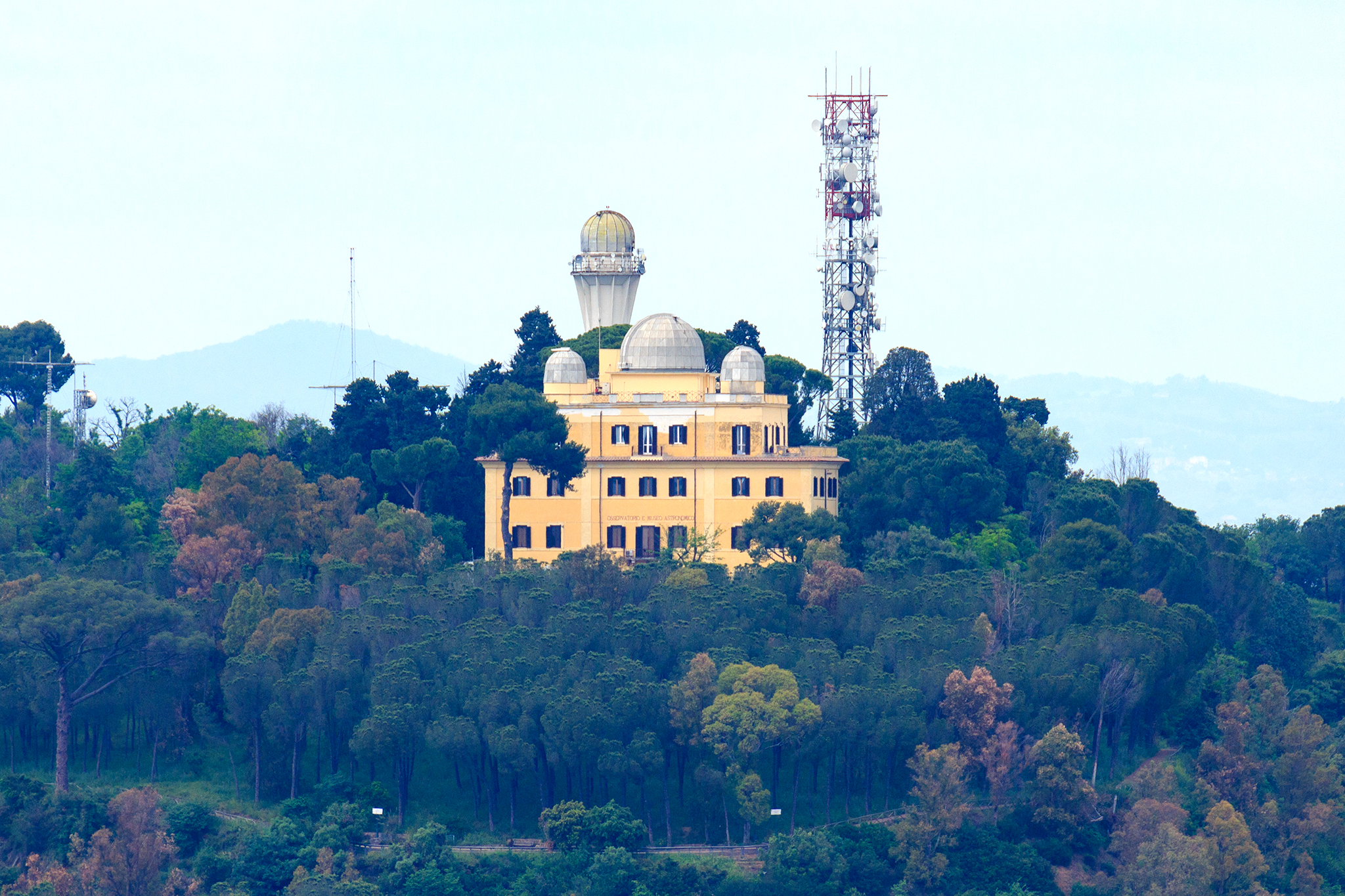
Fig. 2. The astronomical observatory of Rome on Monte Mario, as seen in a long-range telephoto photograph from the dome of St. Peter's cathedral (CC4, H. Raab, User:Vesta)
The Solar Tower was erected in 1951, conposed of two independent concentric towers, built in reinforced concrete. The outer one protects the instruments from wind, weather and heat, carries the dome and the stairs. The inner one supports the coelostat and the 45-cm-objective lens (28m focal length). In the underground (18m deep) is the spectrograph.
Measurements:
1. Daily visual and photographic survey of relative numbers, areas and heliographic positions of sunspots (since 1948)
2. Cinematographic survey in CaII K of the chromosphere (since 1964)
3. Cinematographic survey in H-alpha (since 1965/66)
4. Measurements of strong magnetic fields in sunspots (since 1965)
5. Recording of SCNA (Sudden Cosmic Noise Absorptions) and SEA (Sudden Enhancements of Atmospherics) for the indirect detection of solar flares.
6. Recording of radio propagation through the ionosphere.
History
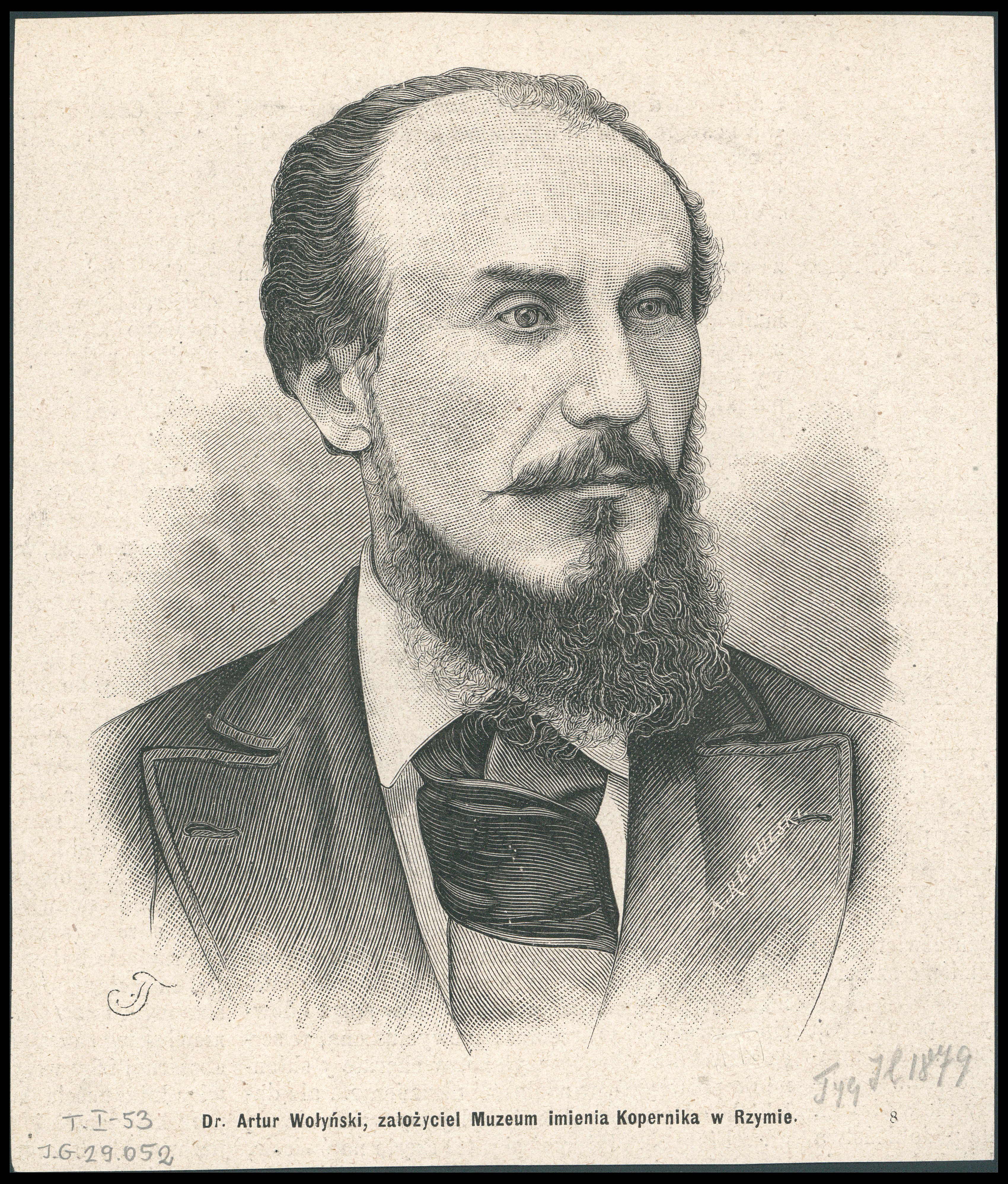
Fig. 3. Arthur (Andrzej) Wolłyński (1844--1893) and the Astronomical Copernican Museum (CC)
Astronomical Copernican Museum
....

Fig. 4a. Torre Solare - Solar Tower (1951), (INAF)

Fig. 4a. Torre Solare - Solar Tower, entrance (1951), (INAF)
Instruments (Cimino 1967)
- Torre Solare - Solar Tower (1951), 34m high.
Coelostat and secondary quartz mirror 68cm and 63cm / 80cm, 45-cm-objective lens (28m focal length). - Spectrograph, Bausch & Lomb, 28-cm lens, 18m focal length, with two gratings.
- Equatorial Spar for continous high timr-resolution cinematography in H-alpha, CaII K and integral light.
- Askania Horizontal Telescope (14cm aperture, 5m focal length) with coelostat and secondary mirrors (30cm), used until 1964 for the daily photograph of the photosphere
- Jarrel Ash Mirror Spectrograph (2.2m focal length) for photoelectric spectral recording
- Indirect Flare Detector, radio equipment with two antennas and a receiver for recording 18 MHz Galactic radio noise and for atmospheric noise at 27 KHz
- Radio Receiving station, connected to transmitting stations at S. Alessio near Rome´, and a third station transmitting modulated pulses at the Synchrotron area at Frascati, near Rome.
- Babcock-type magnetograph.
State of preservation
In 2009, the Solar Tower was restored.
Comparison with related/similar sites
Solar Tower observatories ....
Threats or potential threats
no threats
Present use
The main building of Monte Mario is the headquarters of the INAF - Osservatorio Astronomico di Roma (*2002).
The Astronomical Copernican Museum is used also for outreach activities. The Solar Tower is open to the public since 2010; visitors can directly observe the Sun disk (30cm), the sunspots and the solar spectrum.

Fig. 5. Villa Mellini Monte Mario Observatory and Torre Solare - Solar Tower (1951), (CC4, H. Raab, User: Vesta)
Astronomical relevance today
Since 2002, Monte Mario is the seat of the Istituto Nazionale di Astrofisica (INAF).
References
Bibliography (books and published articles)
- Alessio, F. d'; Faccini, M.; Leoni, R. & G. Giobbi: The Solar Tower at Monte Mario: a New Didactic Laboratory for Astronomy. In: Memorie della Societa Astronomica Italiana Supplement 19 (2012), p. 406.
- Cimino, M.: Solar Physics at the Astronomical Observatory of Rome. In: Solar Physics 2 (1967), Issue 3, p. 375-380.
(1967SoPh....2..375C). - Wolfschmidt, Gudrun: B2. Astronomical Heritage - Development of Modern Solar Tower Observatories, 20th Century. In: Astronomy and World Heritage: Across Time and Continents. Proceedings of the UNESCO Conference Kazan, August 2009. Ed. by Mikhail Ya. Marov. Associate Scientific Editors: Olga B. Dluzhnevskaya, Jarita C. Holbrook, Viktor K. Abalakin, Yuri A. Nefedyev, Tamila M. Potyomkina. International Astronomical Union, UNESCO. Kazan: Publishing House of Kazan University 2016, p. 178-187.
Links to external sites
- Monte Mario - On Rome's roof, The Astronomical and Copernican Museum stands between science, culture and history of the Italian capital
- Monte Mario - INAF - Osservatorio Astronomico di Roma, Torre Solare
- Solar Telescope Gallery
- Monte Mario Observatory (Wikipedia)
- Il Museo Astronomico Copernicano a Roma torna con nuovi allestimenti (ScientifiCult)
- INAF Astronomical Observatory of Rome - Monte Mario
- Monte Mario - Osservatorio Astronomico di Roma (OAR)
- Museo Astronomico Copernicano
No multimedia content published
Currently there is no multimedia content published for this case study






